From time to time, there may be a need to repair or replace a leaky faucet in your home. While this task may seem straightforward enough, the actual process could be trickier than you first imagine. In some instances, the problem could be much bigger than just the leaky faucet.
There’s a misconception that installing a new faucet will stop the leaks, but that’s not always the case. Before you make any hasty repairs, it’s important to identify the root cause of the leaking faucet. The leaks may lead you to another hidden plumbing problem elsewhere in your home. Unless you fix all these plumbing issues at once, the leaking in your faucet may continue to persist.
Repairing a leaky faucet is not a difficult task if you do it correctly. Otherwise, you could complicate the plumbing problems even further with your rookie mishaps. Here are the common mistakes to avoid when you fix a leaky faucet:
Mistake #1: Not turning off the water supply.
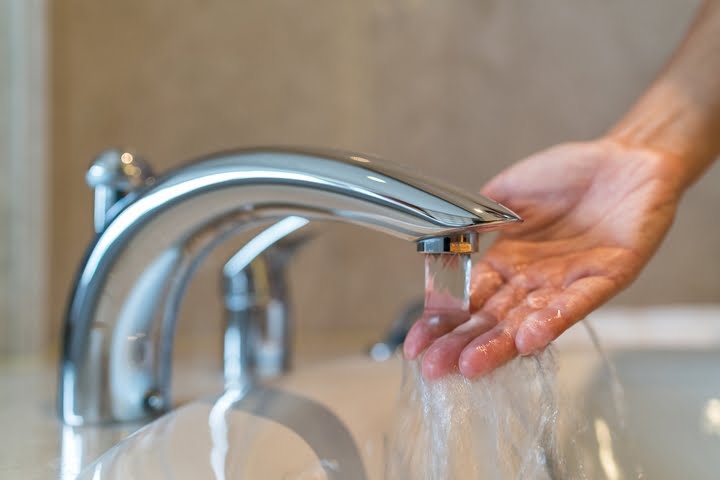
Before fixing a leaky faucet, the first thing should do is to make sure your water mains are turned off. While this may sound obvious, so many people make the mistake of not turning off the water from the mains supply. The result is that they end up with a huge flood in their homes. Always remember to turn off your main water supply before replacing or repairing a faulty faucet.
Another important consideration is to make sure the pipes are completely dry. You shouldn’t commence any repairs while the pipes are still dripping with water. Give them a clean wipe because dry wipes are easier to manage than their wet counterparts.
Mistake #2: Using old plumbing parts.
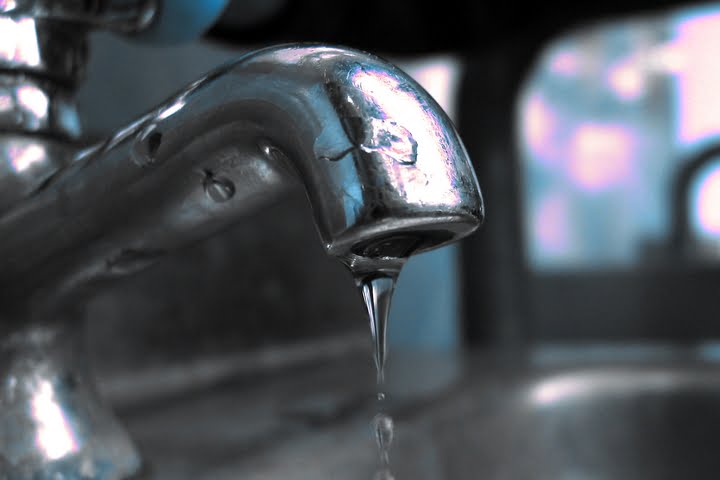
When replacing a leaky faucet, a common mistake made is the failure to replace all the old parts in the unit. In some cases, it might be safe to keep using the same old components, but just know there’s an inherent risk that these parts could be unreliable in the long term. For the best guarantee, you should replace all the gaskets, nuts, and bearings to make sure the leak does not recur.
Buying new replacement parts can be done at the local hardware shop. However, some people make the mistake of not bringing their old faucet to the store. This makes it difficult to guess the precise type and size of faucet that you need. Always remove your old faucet and bring it to the hardware shop on your visit, which allows you to get the exact parts that you need to buy.
Mistake #3: Improper removal of the faucet.
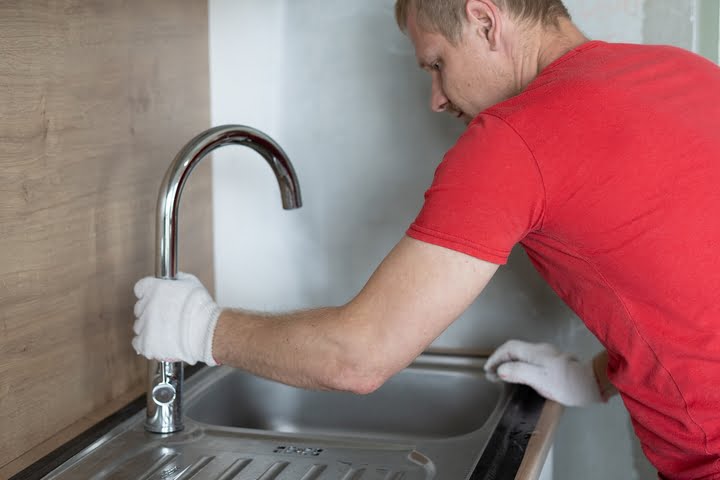
If you have used the faucet for several years, it is likely to gather rust in some places. There is a good chance that some of its internal parts have rust as well. This can happen when you neglect a tiny leak in your faucet, which some people tend to ignore for a long time. Since these plumbing parts are rusty, they are especially fragile and can cause further damage to your plumbing systems unless handled with care.
You will most likely use pliers to remove your faucet’s packing nut. In the process, it’s possible to scratch the metal surface, which might interfere with the nut threads and make it difficult to fit. You should be extra careful when removing the packing nut. Use rubber-coated pliers to minimize or eliminate such mishaps.
Mistake #4: Replacing the faucet in a hurry.
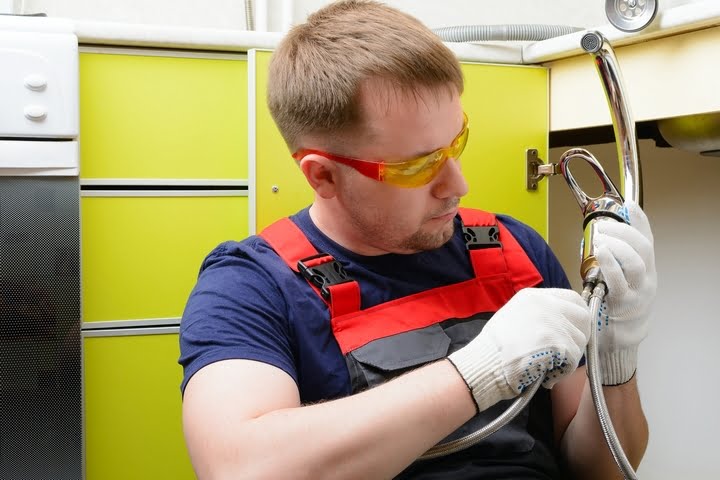
Many people underestimate the process of replacing a leaky faucet. They rush through the repair process, believing it’s merely a simple task of removal and reattachment. Unfortunately, this could lead to further plumbing complications because the repair was performed sloppily or not thoroughly enough. When you aren’t being careful, mistakes are bound to happen.
Before making repairs, always give yourself enough time to understand why the faucet leaked in the first place. Are there problems with the pipes? Is the water pressure too high? Assessing these problems will help you understand exactly what kinds of repairs you need to perform. Don’t always assume the problem originate at the faucet, because there could also be problems with your pipes or your water supply lines.
Mistake #5: You didn’t perform the repairs correctly.
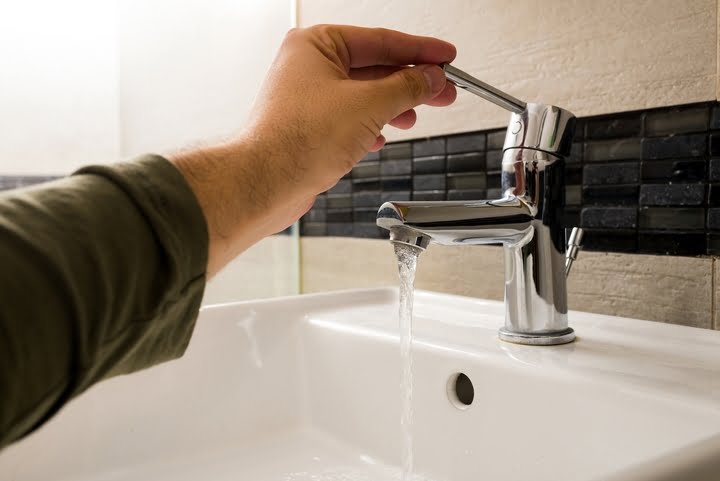
A lot of people like to believe that they are handiness experts and can manage any plumbing repairs with ease. Unfortunately, some problems may exceed your skill level, no matter how knowledgeable you are. Without the industry expertise, along with the best equipment at your disposal, there’s a chance that your DIY repairs weren’t performed correctly.
Before you celebrate that the leaky faucet problem is solved, wait a couple of hours to make sure there are no new leaks. Some leaks do not show immediately, and you might store away your tools thinking the problem is solved, only to discover the leak has emerged again. Instead of causing yourself endless frustration, contact a plumber for help and get the leaky faucet fixed properly.



